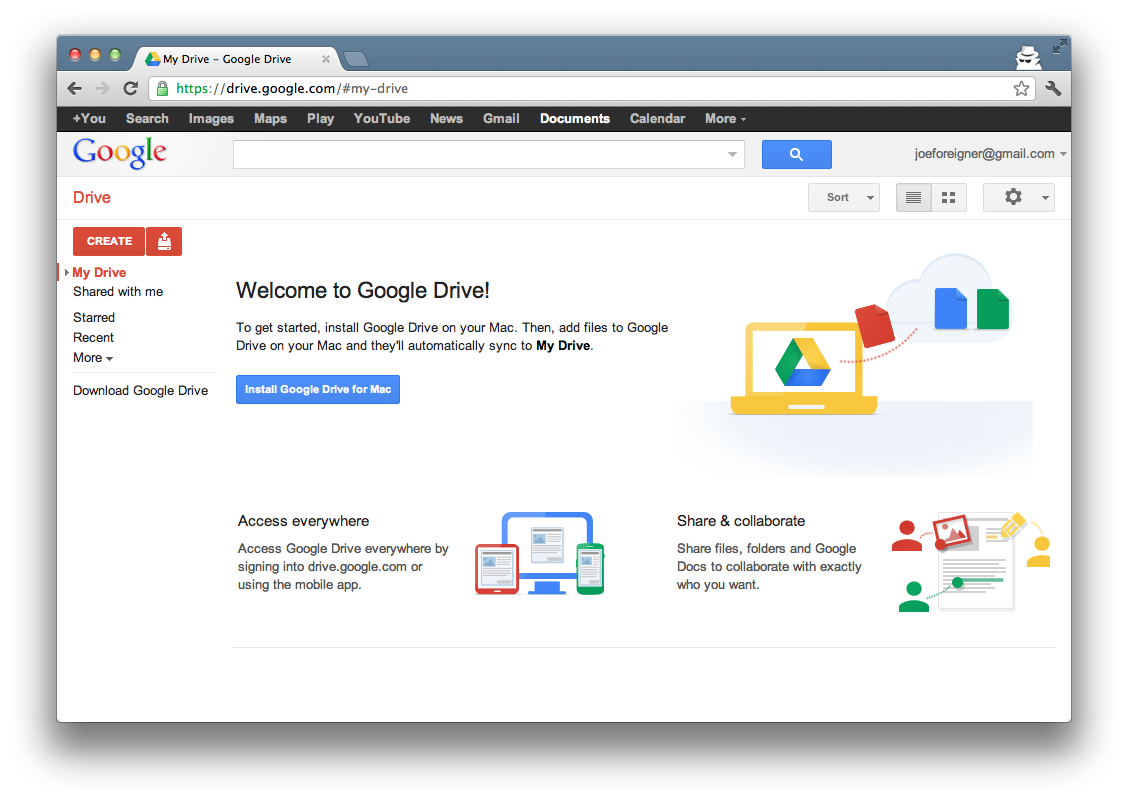

As Google advertises, files are continuously backed up, so the most minute of changes are saved and synced across your devices. When it’s done, you can easily access your files on any device, whether it’s using native clients like Google Photos or Google Drive apps or from the web at or. All you need to do is sign in, choose the folders you would like to back up, then let Google take care of the rest. Once installed, the software is pretty simple and straightforward. Backup and Sync requires a Google account, of course, which is free if you don’t have one already. To get started, download the Google Backup and Sync app from the Google Drive or Photos page.
/cdn.vox-cdn.com/uploads/chorus_asset/file/9195235/Drive_File_Stream.png)
Using Google’s New Backup and Sync App for Windows and Mac One question you might ask: Does this make Backup and Sync a viable replacement for services like Backblaze and CrashPlan? Let’s find out. So I decided to give it a try to see how the new unified app works. More information about the Drive for desktop transition for business users can be found in Google's Workspace Updates blog post.I was already using Google Photos to maintain a backup of all my photos on my PC and iPhone.
After that date, users will see in-app alerts notifying them they'll need to transition to continue syncing their files. Over the next few weeks, users on macOS and Windows will see prompts asking them to transition to Drive for desktop, which Google recommends doing before September 2021. Mirror Drive files on your desktop, which stores your files on your local device and enables quicker access to your content.Sync external storage devices to the cloud, including flash drives and external hard drives.Upload and sync photos and videos to Google Photos and/or Google Drive.

We're unifying these sync clients into the new Drive for desktop, bringing people the best and most used features from both Backup and Sync and Drive File Stream, including the ability to: Indeed, some Drive File Stream users on version 45 or later will already see the name change implemented.ĭrive for desktop will perform the same functions as the two older apps – giving users access to their cloud-based files and photos directly on their desktop, and automatic syncing of files to the cloud in the background. The rollout of Google Drive for desktop will consolidate these two clients into a single app. To recap, there are currently two desktop sync solutions for using Google Drive – Drive File Stream, which is for business users, and Backup and Sync, which is designed for personal use. The company now says the new sync client will roll out "in the coming weeks" and has released additional information about what users can expect from the transition. Earlier this year, Google announced that it planned to unify its Drive File Stream and Backup and Sync apps into a single Google Drive for desktop app.


 0 kommentar(er)
0 kommentar(er)
